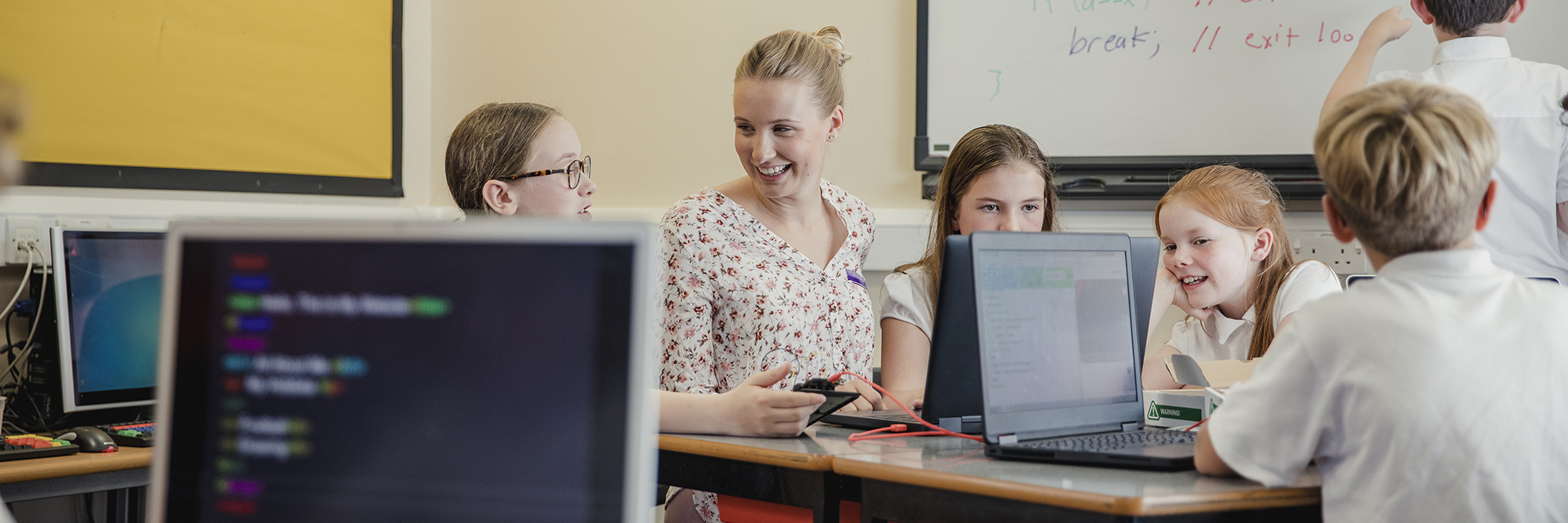
Resources for teachers - Barclays Code Playground
Scratch resources
Below you'll find lesson plans, teacher guides and even some flash cards that can be used in coding lessons
Scratch introduction
Scratch extension

Introduction to algorithms - Scratch
Algorithms are a series of instructions, laid out in the right order, designed to complete a task or solve a problem. Use this simple lesson plan and accompanying guide to introduce the basics of algorithms. Ideal for pupils and teachers who are just starting out with computing and a great first step to understanding how computers work.

Introduction to loops - Scratch
Creating clear and simple code makes fixing, or debugging, your code much easier and using loops to simplify your instructions is a great way to start writing efficient code. In this lesson get the class moving as they learn about loops through dance before moving on to create a drawing project using loops in Scratch.

Using text to speech in Scratch
Scratch allows you to access external systems and devices through the extensions feature. One of the extensions you can access is the text to speech blocks. This will enable your class to make their projects talk. Use this simple guide to learn the basics before introducing this in to your lessons.
Micro:bit resources
Below you'll find lesson plans, teacher guides and even some flash cards that can be used in coding lessons
Micro:bit introduction

Introduction to Micro:bit
The BBC Micro:bit is an external device designed to introduce children to the basics of coding through physical computing. It's a great way to help your class understand the relationship between code and the devices it controls. Use this lesson to introduce the micro:bit and help your class get started with physical computing.
Micro:bit extension

Introduction to loops - Micro:bit
Creating clear and simple code makes fixing, or debugging, your code much easier and using loops to simplify your instructions is a great way to start writing efficient code. In this lesson get the class moving as they learn about loops through dance before moving on to create a simple game using loops and your micro:bit.

Introduction to variables - Micro:bit
In a program, data values can be constant or variable. If data values are variable they can be changed by the program and the user, for example, when the user is asked a question like their age. Variables may change during program execution. In this lesson use variables to track the score in the project using inputs on the micro:bit

Using the accelerometer - Micro:bit
Lots of modern devices are able to tell what position they are in using built in accelerometers to measure their precise orientation. The Micro:bit's accelerometer can be used in the same way so you can use it as a controller or a sensor to start or interrupt your program. Use these resources to help your class learn the basics of how to use the accelerometer.








